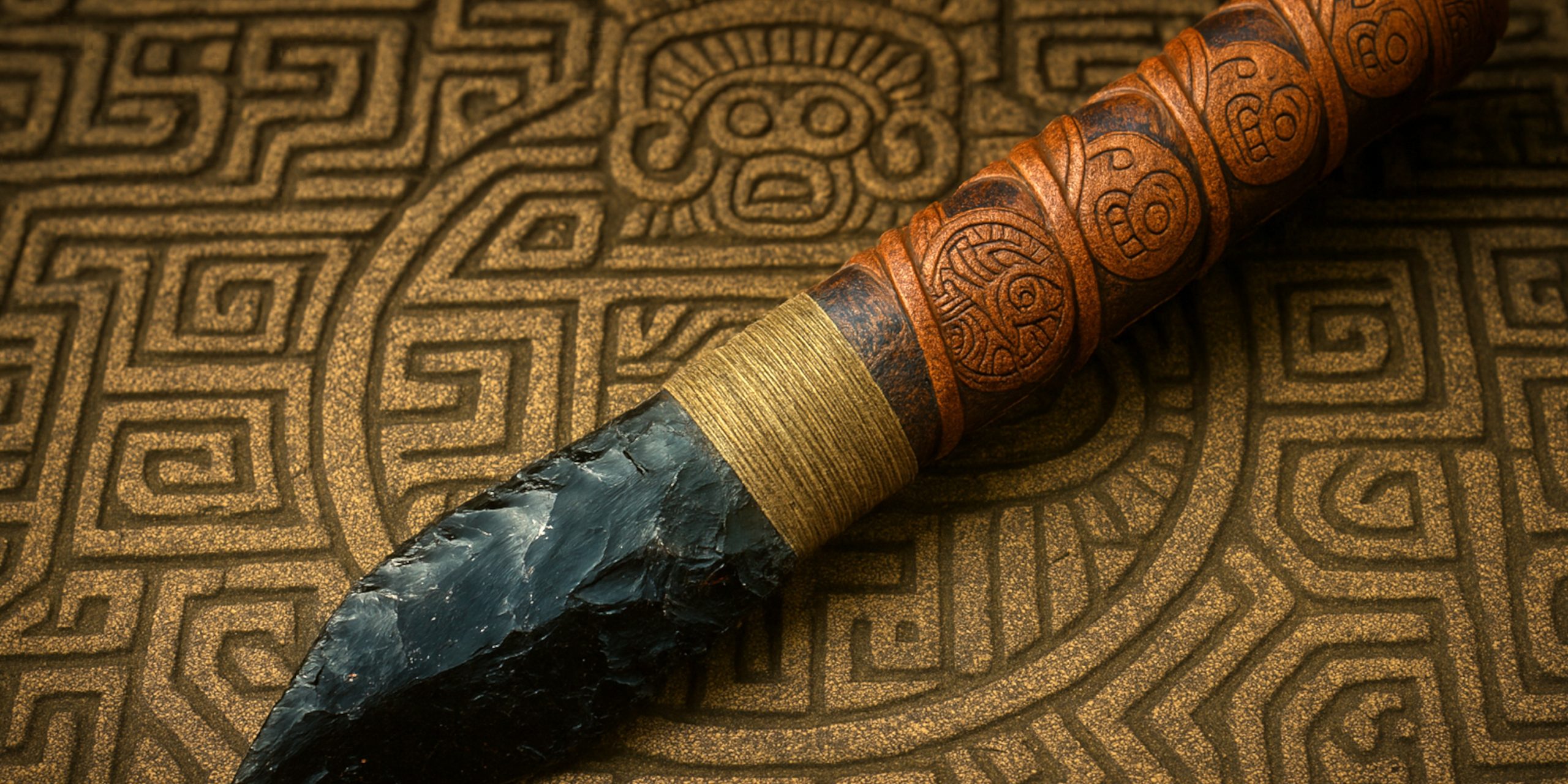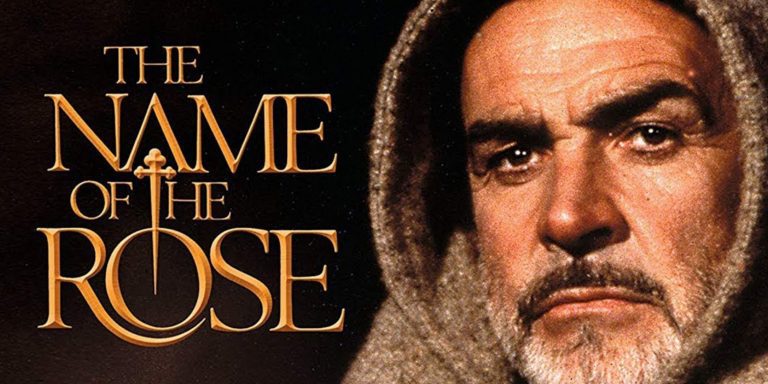
The tecpatl was a ritual knife used by the Mexica (Aztecs) and other Mesoamerican cultures, most famously in ceremonies of human sacrifice. Far more than a simple weapon, it carried deep religious significance as a sacred tool representing both creation and destruction. Its design was simple yet symbolic, typically consisting of a short blade of obsidian or flint set into a decorated wooden or bone handle.
While it was rarely used as a battlefield weapon, the tecpatl symbolised power, divine will, and the role of sacrifice in sustaining the cosmos according to Mexica belief.
Specifications
| Aspect | Detail |
|---|---|
| Primary material | Obsidian or flint blade; wooden, bone, or stone handle |
| Blade shape | Triangular, double-edged, often leaf-shaped |
| Blade length | Typically 15–25 cm |
| Handle design | Carved and sometimes inlaid with turquoise, shell, or precious stones |
| Function | Ritual use (sacrifice, offerings, ceremonies) |
| Symbolism | Linked with the god Tezcatlipoca, representing cosmic sacrifice |
History and Evolution
The tecpatl emerged from earlier Mesoamerican stone blade traditions, which date back thousands of years. Stone knives had long been associated with bloodletting rituals and offerings to the gods. By the height of the Mexica Empire in the 15th and early 16th centuries, the tecpatl had become highly formalised.
- In Mexica society, it was primarily wielded by priests during sacrificial rituals on temple platforms.
- It appears frequently in codices and artwork, often depicted in the hands of gods such as Tezcatlipoca.
- Spanish chroniclers like Bernardino de Sahagún described its use in sacrifices, particularly the removal of the heart.
- Archaeological finds show both plain utilitarian knives and ornate examples made for ceremonial display.
After the Spanish conquest, its ritual use disappeared, though its image persisted in art and symbolism.
Advantages and Disadvantages
| Advantages | Disadvantages |
|---|---|
| Razor-sharp edge due to obsidian’s properties | Brittle material that could break easily |
| Lightweight and easy to handle | Not durable for battlefield combat |
| Strong symbolic and ritual meaning | Limited practical use outside of ceremonial contexts |
| Could be highly decorated for elite use | Difficult to maintain compared to metal blades |
Comparison with Similar Weapons
- Macuahuitl: The tecpatl was ritualistic, while the macuahuitl was a practical battlefield weapon with obsidian blades set in wood.
- European daggers: Unlike steel daggers used in both war and ceremony, the tecpatl was overwhelmingly religious in purpose.
- Mayan sacrificial knives: Similar in form and function, though Mayan knives often featured broader blades.
- Flint knives of Neolithic Europe: Comparable in material and cutting power, though lacking the deep symbolic role seen in Mesoamerica.
Legacy
The tecpatl remains one of the most recognisable symbols of Aztec ritual practice. Its image survives in codices, sculptures, and murals, often associated with sacrifice and the maintenance of cosmic order. In modern times, it has become an object of fascination for historians, archaeologists, and collectors of Mesoamerican artefacts.
It also endures in popular imagination as a symbol of Aztec culture’s harsh but highly ritualised worldview.
Where to See Tecpatl Knives
- National Museum of Anthropology, Mexico City: Holds several ceremonial knives, including decorated examples with turquoise inlays.
- Museo del Templo Mayor, Mexico City: Displays ritual knives excavated from the great temple precinct.
- British Museum, London: Contains a few Aztec ceremonial knives brought to Europe after the conquest.
- Metropolitan Museum of Art, New York: Exhibits both plain and ornate obsidian knives.
Collectors Guide and Auction Prices
Original tecpatl knives are extremely rare and usually held in museums rather than private collections due to their cultural significance. When they do appear in auctions, they attract significant interest:
- Plain obsidian or flint knives: £2,000–£8,000 depending on condition and provenance.
- Ornate ceremonial examples (with turquoise or shell inlays): £20,000–£80,000 at major international auctions.
- Replica or reproduction knives: Commonly sold for £50–£300, but with no real historical value.
Collectors should take care with provenance, as forgeries are widespread, and many authentic examples are subject to export restrictions under Mexican heritage laws.



